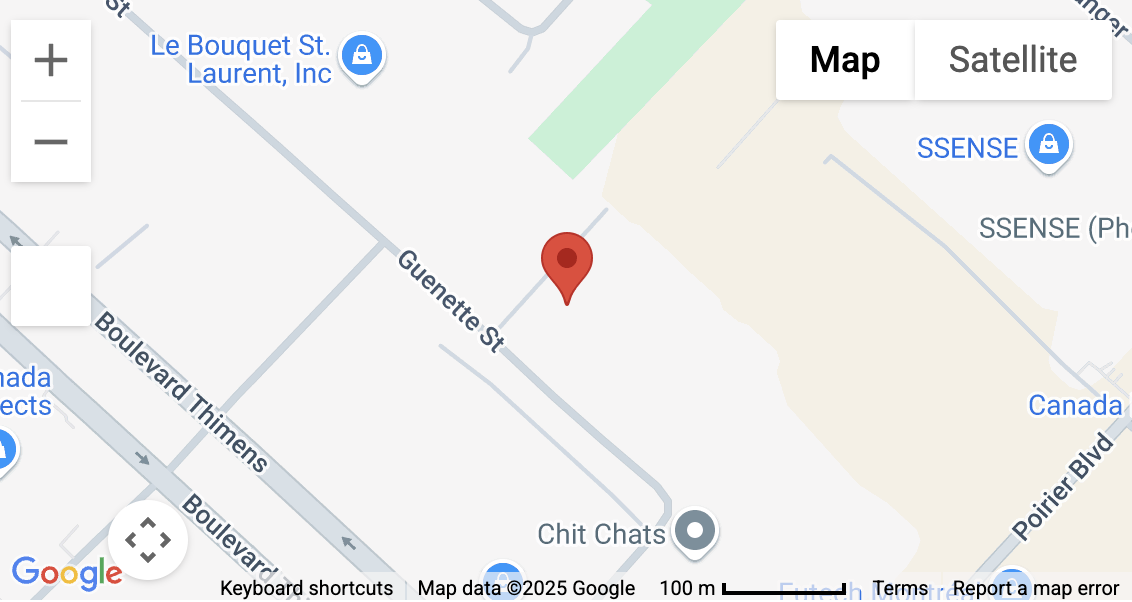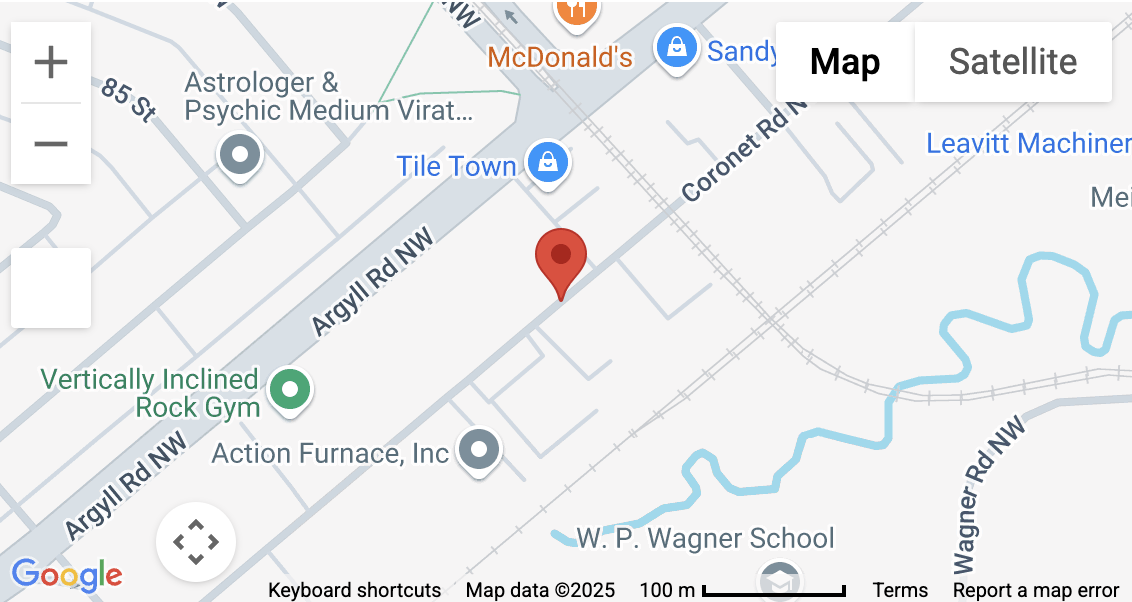Vibration Testing Buyers Guide
The validation laboratory can be a little intimidating for a product development engineer as their product get closer to production kick-off. The product that they’ve been working on for months is to be put to test to determine if it will cope with the shocks and stresses of its service life hence the need for a reliable vibration testing service.
With the unpredictable nature of product development cycles, chances are that the time initially scheduled for validation testing has come and gone and the engineer is under pressure to complete the testing program as quickly as possible. This is the situation many product development engineers find themselves when they approach a vibration testing laboratory for vibration testing service.
Since most development engineers have little expertise in the vibration testing field, they need to rely on the test lab engineer’s expertise to ensure that their test is performed correctly.
What is Vibration Testing?
Vibration testing is a method of introducing repetitive mechanical energy in a controlled manner, distributed over a specific frequency range into a product in order to simulate the stress cycles experienced by the product in a specific environment. Vibration testing can reveal problems which would only become apparent during transportation, deployment or use.
A vibration testing program is typically by a standard. Standards are written to describe the environment around specific applications and products. Examples of national or international standards are DIN, ASTM, MIL, IEC and ISO. Certain industries and manufacturers can also use their own standards to describe the vibration test requirements.
What the Test Engineer Needs from You
In order for the test engineer to plan for the vibration test, they’re going to need specific information from the product development engineer. The basic information required is:
- What is the standard?
- What is the product?
- How many products will be tested?
- Is there a vibration fixture available?
The Standard
The standard defines the test conditions which need to be controlled during the vibration test. The principle characteristics defined in the standard are:
- Excitation method (sine, random or combination)
- Frequency range
- Acceleration level
- Test direction (axis)
- Test Duration
- Ambient environment
- Evaluation criteria
The Product
The test engineer needs to understand what is going to be tested as well as what may happen to the product during the test. This information can include a sample of the product, engineering drawings or CAD models and sales brochures. If the product poses a risk of damaging the test facility or injuring a technician during the test, appropriate precautions need to be taken beforehand.
Some products will need to be operating during the vibration test. In this case, it’s necessary to know what ancillary connections the product will require (electrical, compressed gas, liquids, controllers or product specific evaluation)
– Watch out for more in our next blog entry.



